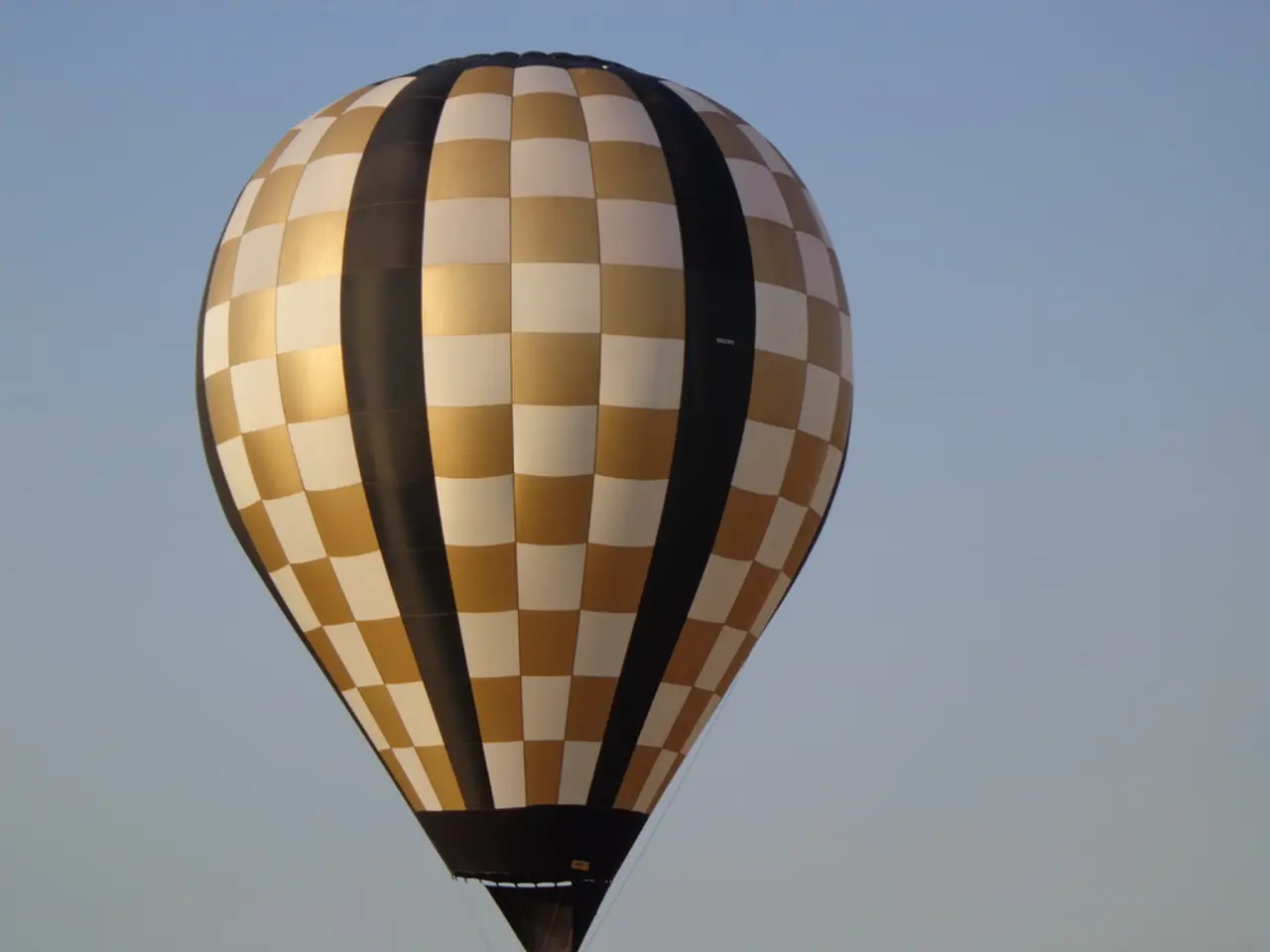Expanding Horizons in Prosthetics: The Ascension of Non-Traditional Limb Replacements
In the realm of neuroscience, an exciting discovery has been made: the brain's remarkable plasticity allows it to incorporate artificial limbs into its body schema, perceiving prosthetics as unique entities occupying a space between object and self [1]. This groundbreaking research is paving the way for a new era in prosthetics, where these devices are no longer considered mere tools but rather extensions of personal identity.
The world of alternative prosthetics is rapidly evolving, thanks to the integration of advanced technologies such as artificial muscles, neural interfaces, and sensory feedback systems [2]. These innovations are revolutionizing the way prosthetic limbs function, closely mimicking natural movement and providing users with better control and awareness of their limbs. For instance, neuroprosthetic interfaces are being developed to allow prosthetic legs to be controlled directly by the nervous system, improving gait naturalness and obstacle navigation [5].
Artificial intelligence and smart sensors are also playing a significant role in the development of AI-driven prosthetics. These devices use embedded sensors and machine learning to adapt in real time to a user’s movements and environment. For example, the Ottobock C-Leg 4 analyzes walking patterns to adjust knee resistance, enhancing stability and reducing falls [5].
Bioinspired design workflows and additive manufacturing techniques are being applied to create prosthetics that are lighter, stronger, and more customized. This includes designs like monocoque transtibial prostheses that improve both function and aesthetics [2].
The future of prosthetics is expected to witness more innovative and personalized designs due to advancing technology and the growing momentum of inclusivity. However, despite these exciting advancements, significant challenges remain in terms of accessibility and affordability. Prosthetic limbs, especially those with advanced technology and customization options, can come with exorbitant price tags, often placing them out of reach for many individuals [3].
Embracing diversity and celebrating individuality in prosthetic design can foster a culture where prosthetics are seen as opportunities for self-expression, empowerment, and creative exploration. The alternative prosthetics movement is a significant shift in how we view and interact with assistive technology, moving beyond the limitations of traditional approaches and embracing the power of individual expression.
The disability rights movement of the 20th century played a pivotal role in challenging perceptions of disability and advocating for greater inclusion and acceptance, paving the way for a more open and accepting environment for alternative prosthetics to emerge. Organisations such as The Alternative Limb Project, Open Bionics, and Amputee Coalition are valuable resources for those seeking further information on alternative prosthetics [4].
In conclusion, the current frontier of alternative prosthetics is marked by an interplay of biomechanics, AI, and design innovation that transforms prosthetic limbs into extensions of personal identity, promoting self-expression and challenging outdated societal norms around limb differences [1][2][5].
References: [1] https://www.ncbi.nlm.nih.gov/pmc/articles/PMC3141765/ [2] https://www.ncbi.nlm.nih.gov/pmc/articles/PMC6789495/ [3] https://www.ncbi.nlm.nih.gov/pmc/articles/PMC6994384/ [4] https://www.amputee-coalition.org/ [5] https://www.ncbi.nlm.nih.gov/pmc/articles/PMC6683814/
- The growing integration of artificial intelligence and smart sensors in the development of AI-driven prosthetics promises to enhance the functionality and user experience of these devices, improving the management of medical-conditions related to health-and-wellness.
- As technology continues to advance, the future of prosthetics is expected to witness a greater emphasis on personalized, bioinspired designs that cater to the unique needs and preferences of each individual within the community.
- The mainstream acceptance and celebration of alternative prosthetic designs could foster a more inclusive and diverse society, empowering individuals with medical-conditions to express their identity and promote a deeper understanding of health-and-wellness in the broader community.




